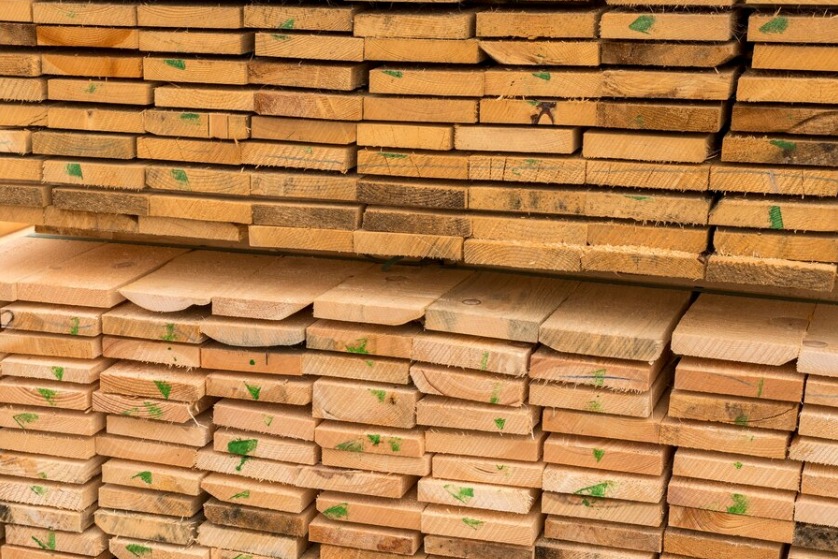Get Support
9851239401

products, involves the felling and extraction of trees from forests. This critical step requires precision and consideration of factors such as tree species, size, and quality. Once harvested, the logs are transported to sawmills for further processing. At the sawmill, the logs undergo a series of operations to convert them into lumber. Log lumbering is not only about extracting wood resources but also involves sustainable practices to ensure the long-term health of forests and ecosystems.
Following log lumbering, the next significant step in the sawmill process is edging. Edging is the process of trimming the edges of rough lumber to refine its shape and dimensions. This step is essential for creating straight and smooth edges, enhancing the overall quality and appearance of the lumber. Edging machines, which may use circular saws or other cutting tools, carefully remove irregularities from the sides of the lumber, resulting in a more uniform and aesthetically pleasing product. Proper edging not only improves the visual appeal of the lumber but also contributes to its structural integrity and suitability for various construction and woodworking applications.
